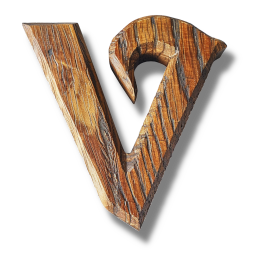The Kingdom of Minar is situated in a lowland region between the Scorcross Sea to the south and the Feywake Sea to the north. Its landscape is characterised by gentle hills covered in deciduous forests, interspersed with swampy areas near headwaters and shoreland regions. The central-north area of Minar features a vast grassland plain, known as Bakera Shire, which stands out amidst the forested terrain.
History and Creation: Minar traces its origins to the visionary leadership of its founder, King Duncan I, who united the disparate clans and tribes of southeastern Minar in the year 1136. Facing external threats and internal divisions, Duncan embarked on a bold mission to forge a unified realm out of the diverse peoples inhabiting the region.
Inspired by the principles of inclusivity and solidarity, King Duncan sought to create a kingdom where different clans could coexist and thrive under a common banner. Rather than imposing his own cultural and linguistic heritage, Duncan chose to embrace the diverse dialects and traditions of the clans, symbolising a commitment to unity and mutual respect.
The kingdom’s creation was marked by a series of diplomatic negotiations, strategic alliances, and military campaigns, as King Duncan worked tirelessly to consolidate his authority and establish Minar as a sovereign state. Overcoming internal resistance and external opposition, Duncan succeeded in uniting the clans under his rule, laying the foundation for the Kingdom of Minar.
Significance of King Duncan’s Trek: One of the most enduring symbols of Minar’s founding is King Duncan’s Trek, a historic road leading eastward from the capital city of Rangar. Named in honour of King Duncan’s legendary journey to unite the first clans, the trek represents the pioneering spirit and determination that defined Minar’s early history. It serves as a reminder of the kingdom’s humble beginnings and the vision of its founder to build a nation founded on principles of unity, resilience, and inclusivity.
Population and Culture: With a population of 4.4 million inhabitants, Minar is a vibrant and diverse kingdom, home to a rich tapestry of cultures, traditions, and languages. The legacy of King Duncan’s inclusive approach to nation-building is reflected in the multicultural fabric of Minarian society, where people of different backgrounds coexist harmoniously and contribute to the kingdom’s cultural richness.
The people of Minar are known for their resilience, resourcefulness, and strong sense of community, traits forged through centuries of shared history and collective endeavour. While Gaelic and English influences are predominant in the kingdom, Minar’s cultural landscape is enriched by the diverse customs, dialects, and folk traditions of its various clans and communities.
